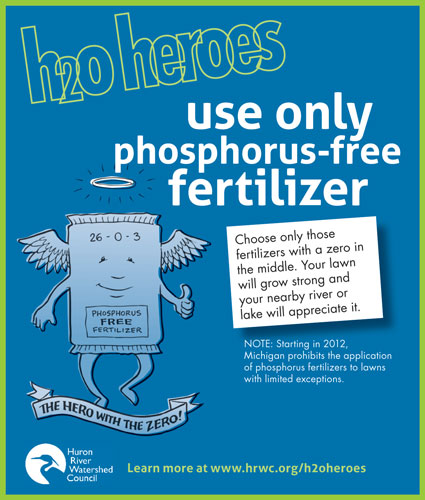Care less for your lawn and more for clean water by managing fall leaves and reducing your use of fertilizers and pesticides!
A beautiful, well maintained lawn enhances your property value and provides a place for recreation and relaxation. But you may be making more work of your yard than is necessary. A few simple changes in your lawn care practices can save you time and money, while improving the quality of your lawn! You’ll also be protecting water resources.
Get our lawn care tip sheet



